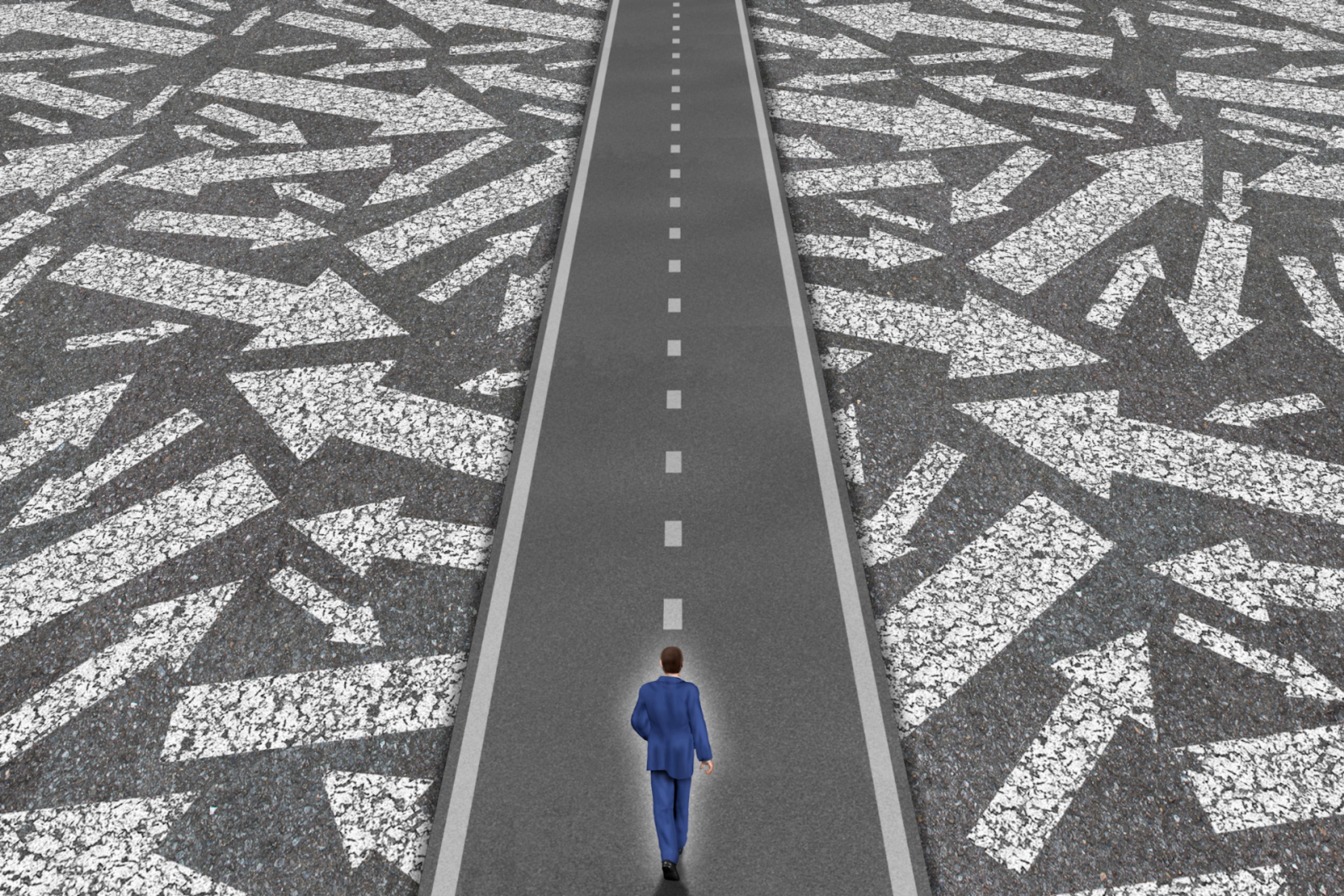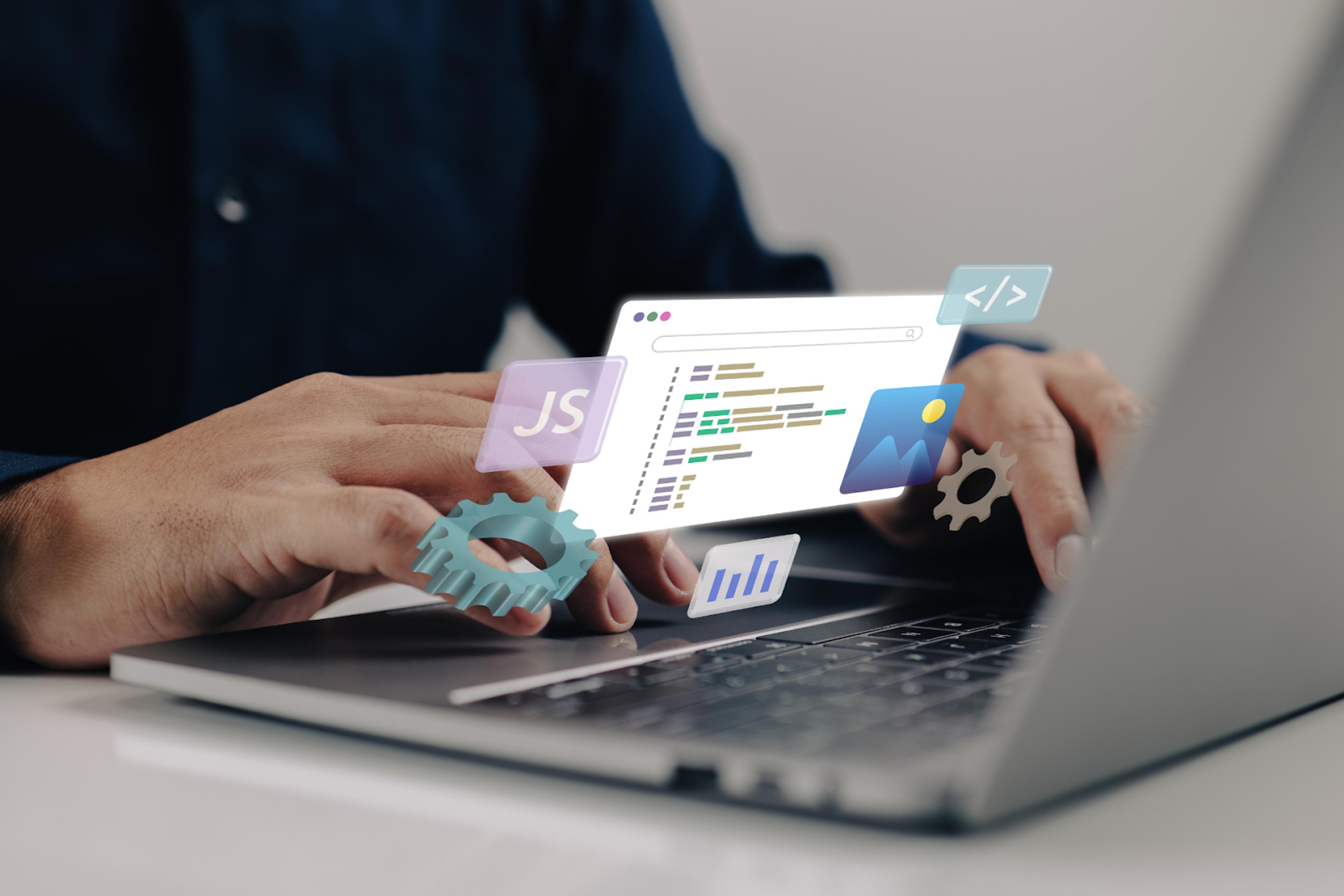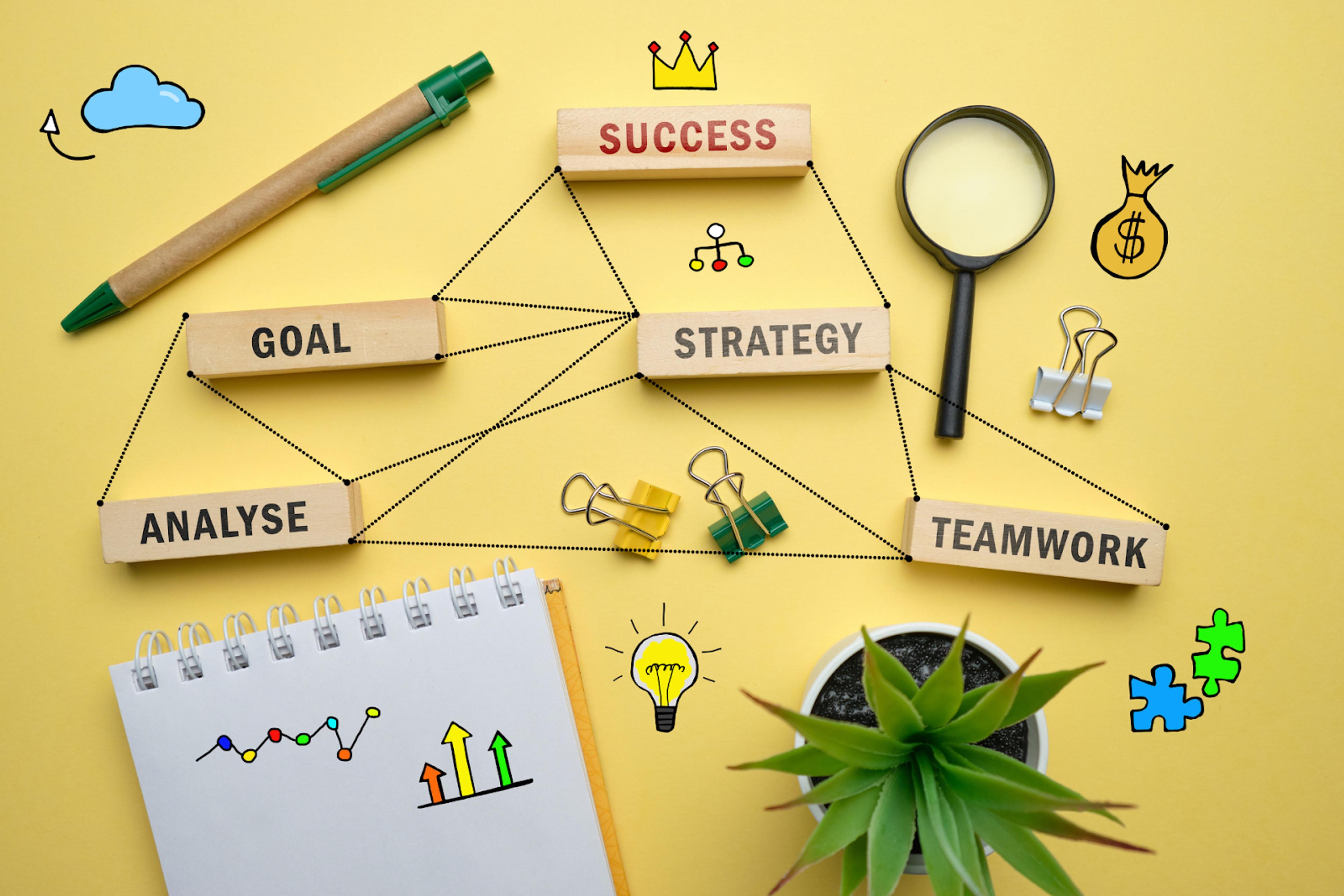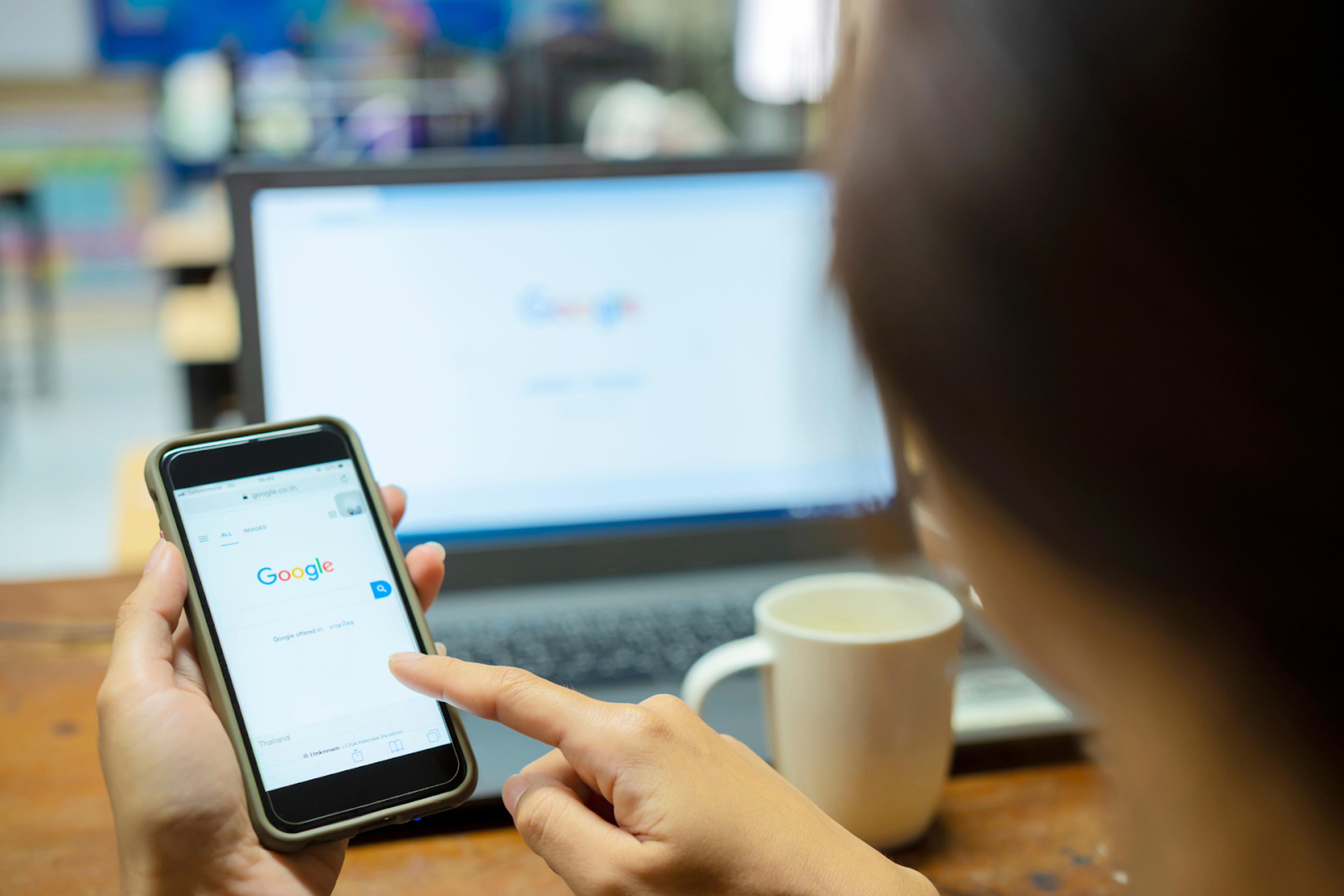What is a Product? (and How to Start Building One)
A product can take many forms. In this article, we'll explore different types of products and why it's crucial for product managers to understand their unique characteristics.
Posted March 6, 2025
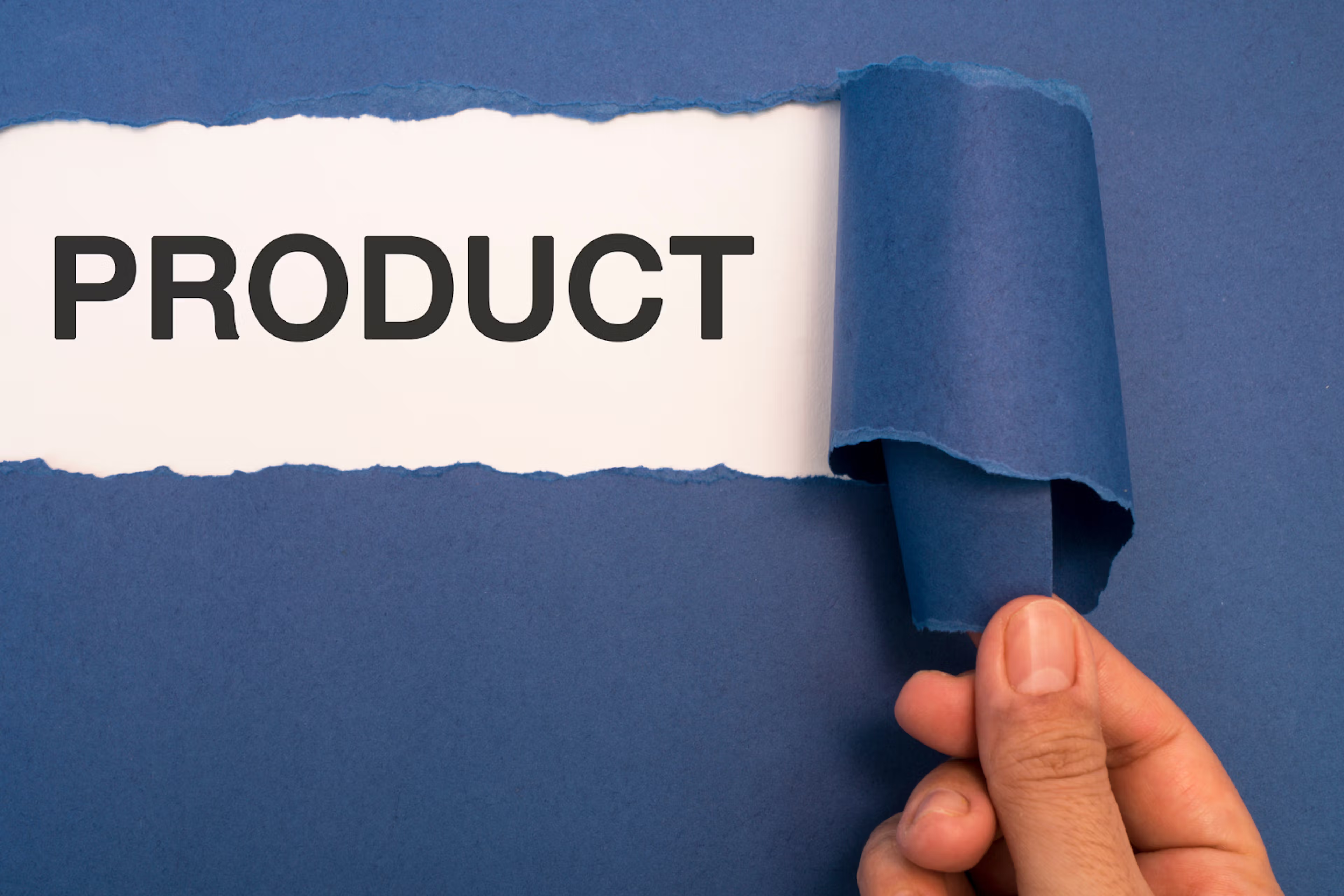
Table of Contents
What makes a product tick? Products are everywhere these days, shaping our lives in ways we often don't realize. From the smartphone in your pocket to the chair you're sitting on, each item has a story to tell. But what exactly is a product, and why does it matter to you?
In this article, we'll explore what a product really is, check out different types you might come across, and get the scoop on how to start building one yourself. You'll learn about the product development process and pick up some key strategies along the way. By the end, you'll have a clear picture of what goes into making a product that people love and use every day.
What is a Product?
When you think about a product, what comes to mind? You might picture something tangible, like a smartphone or a chair. But the concept of a product is much broader than that. A product is anything a business sells to solve a problem, meet a need, or fulfill a desire for its customers.
Products come in many forms. They can be physical items you can touch, digital goods you download, or services you use. Let's break it down:
- Physical Products: These are the things you can hold in your hand. Think about the clothes you wear, the food you eat, or the car you drive. These are all examples of physical products.
- Digital Products: In today's tech-savvy world, many products exist in the digital realm. Mobile apps, software programs, and e-books are all digital products that you can't touch but can certainly use and benefit from.
- Services: Yes, services count as products too! When you get a haircut, take a taxi ride, or hire a tutor, you're using a service product.
Sometimes, products can be a mix of these categories. For example, when you buy a home security system, you might get a physical camera (physical product), access to online video storage (digital product), and ongoing monitoring (service).
But what makes a product truly valuable?
It's all about solving problems and making life easier for you, the customer.
A great product knows what you need (sometimes before you do!), delivers real value, and is easy to use. It should fit seamlessly into your life and, ideally, become something you can't imagine living without.
Take your favorite app, for example. It does more than just look appealing on your phone – it likely saves you time, keeps you connected, or entertains you in a valuable way. This is what makes it a successful product; it improves your life and meets consumer preferences.
Throughout the product life cycle, a product’s development focuses on evolving to stay relevant and useful. As your needs change and new trends emerge, products must adapt, just like how smartphones have evolved over the years by adding features to meet user expectations.
Interestingly, in some cases, you might actually be the product without even realizing it. This is often the case with free social media platforms. While you’re not paying directly for the service, your attention is what the platform sells to advertisers as part of its marketing campaigns. It’s an important concept to understand in today's digital world, as it influences how products are built and monetized.
Types of Products
Products come in various forms, each serving different needs and purposes. Let's explore the main types of products you might encounter in the business world.
Business Products
Business products are goods or services sold from one company to another, designed to support operations, manufacturing, or resale. In product management, these products often require a different approach, focusing on business to business (B2B) needs, and ensuring that product characteristics meet specific professional requirements. Business products are typically more tailored to the buyer’s processes and integrate closely with their existing systems.
- Raw materials used in manufacturing
- Software licenses for business operations
- Industrial machinery
Physical Products
Physical products are tangible items that can be sold to consumers or businesses. These products often require considerations such as supply chain management, inventory, and distribution. Physical products come with unique product characteristics, such as packaging, durability, and brand appeal, which can influence customer preferences.
- Smartphones
- Clothing
- Home appliances
- Computer chips / other upgrades
Digital Products
Digital products are intangible offerings like software, online courses, or downloadable media, often delivered and used electronically. Product management of digital products involves understanding features that drive user engagement, optimizing for different devices, and ensuring scalability. The product lifecycle of digital products is often iterative, with regular updates and improvements based on user feedback.
- Mobile apps
- Online subscriptions (e.g., video streaming platforms)
- E-books and digital publications
Consumer Products
Consumer products are goods bought by individuals for personal use. These can be further divided into four categories based on how people shop for them:
- Convenience Products: These are items you buy frequently with minimal thought, like snacks or toiletries. They're usually inexpensive and widely available.
- Bottled water
- Toothpaste
- Chips
- Shopping Products: These require more consideration before purchase. You might compare different options based on price, quality, or style. Examples include clothing, electronics, and furniture.
- Smartphones
- Winter coats
- Sofas
- Specialty Products: These are unique items that people are willing to put extra effort into finding and buying. Luxury watches, designer clothing, and high-end sports cars fall into this category.
- Luxury handbags
- Custom-made suits
- Exotic sports cars
- Unsought Products: These are products people don't typically think about until they need them, like life insurance or emergency supplies.
- Fire extinguishers
- Funeral services
- Health insurance
Understanding these different types of products is crucial for businesses. It helps them develop effective marketing strategies, set appropriate prices, and choose the right distribution channels. Whether you're a consumer or a business owner, knowing these categories can help you make more informed decisions about the products you buy or sell.
So, How Do You Start Building a Product?
Building a product involves multiple phases that transform an idea into a tangible offering that meets customer needs. Below is a step-by-step structure to help you navigate this journey effectively:
1. Identify a Problem or Opportunity
- Start by understanding a real problem that people face or identifying an unmet opportunity in the market.
- Conduct market research, evaluate market conditions, and gather insights into customer preferences to ensure that the problem is worth solving and that the time is right to create your product.
- Analyze competitors to understand how they address similar problems with an existing product and identify gaps that your product can fill.
2. Define the Product Vision
- Articulate what your product aims to achieve and the value it will deliver to users.
- The vision should provide a clear direction for your team and inspire stakeholders throughout the product life cycle.
- Ensure alignment between the product vision and company goals to ensure that the product will contribute to overall business success.
3. Research and Validate the Idea
- Validate your concept by gathering feedback from potential customers through surveys or interviews.
- Identify the core features of a minimum viable product (MVP) to ensure you can quickly test and gather feedback before a full-scale launch.
- Create user personas to define the target audience and understand their needs, behaviors, and pain points better.
4. Develop Product Requirements
- Document the key features, functionalities, and requirements of your product.
- Collaborate with design and development teams to ensure everyone understands what needs to be built and why.
- Define user stories to clearly communicate how each feature adds value from a user perspective.
5. Create a Prototype
- Develop a prototype to visually and functionally represent your idea.
- Use this prototype to test user interactions, validate features, and make adjustments before full development.
- Gather user feedback on the prototype to identify usability issues and refine the design accordingly.
6. Plan the Product Roadmap
- Outline the phases of the product's development, including timelines and milestones.
- Prioritize features and create a product roadmap that aligns with user needs and business goals.
- Communicate the roadmap to stakeholders to align expectations and gather buy-in from key decision-makers.
7. Build and Test the MVP
- Start building the MVP, focusing on the core features needed to solve the primary user problem.
- Conduct testing and validation with real users to gather insights and iterate on the product.
- Set up tracking and analytics to monitor how users are interacting with the MVP and gather data-driven insights.
Read: MVP Vs Prototype: What's the Difference and Which One Should You Use?
8. Launch the Product
- Launch your MVP and collect feedback from early adopters.
- Use this stage to test your marketing campaigns and evaluate initial user engagement.
- Monitor key metrics such as user acquisition, retention, and feedback to assess the product's initial market fit.
9. Iterate and Improve
- Collect data and user feedback to make ongoing improvements to the final product.
- Continue refining and adding new features based on customer insights and market demands to ensure your product stays competitive and relevant.
- Schedule regular reviews to reassess priorities and ensure that your updates align with evolving customer needs and stay ahead of industry trends.
10. Monitor and Scale
- Track key metrics to understand product performance.
- Use the data to decide on future updates and prepare the product for scaling, whether it's adding new features, expanding to new markets, or enhancing infrastructure.
- Invest in infrastructure improvements to ensure your product is capable of supporting increased user demands as you scale.
The Product Development Process
The product development process is a crucial journey that transforms ideas into market-ready offerings. It's a systematic approach that helps businesses create products that meet customer needs and stand out in the marketplace.
Idea Generation
The first step in product development is idea generation. This stage involves brainstorming and coming up with innovative concepts for new products or improvements to existing ones. Companies often use techniques like mind mapping, blue sky thinking, and brainwriting to encourage creativity and generate a wide range of ideas.
During this phase, it's essential to focus on quantity rather than quality. The goal is to amass as many ideas as possible, no matter how unconventional they may seem. This approach allows for groundbreaking concepts to emerge and sets the stage for further refinement.
Market Research
Once you have a pool of ideas, the next step is to conduct thorough market research. This stage helps validate your product concept and gather valuable insights about your target audience and competitors.
Market research can take various forms, including surveys, interviews, and focus groups. These methods allow you to collect both quantitative and qualitative data about your potential customers' needs, preferences, and pain points.
In addition, analyzing competitors and industry trends can provide crucial information for positioning your product effectively in the market. This research helps you identify gaps in the market and opportunities for differentiation.
Prototyping
After refining your product concept based on market research, the next step is prototyping. This stage involves creating a tangible representation of your product idea, allowing you to test and validate its design and functionality.
Prototypes can range from simple sketches or 3D-printed models to fully functional versions of the product. The level of fidelity depends on the stage of development and the specific aspects you want to test.
Prototyping serves several purposes:
- It helps visualize and communicate your product idea more effectively.
- It allows for early testing and identification of potential issues.
- It facilitates gathering feedback from stakeholders and potential users.
Testing
The final stage in this process is testing. This crucial step involves evaluating your prototype with real users to gather feedback and identify areas for improvement.
Testing can take various forms, including usability testing, beta testing, and A/B testing. These methods help you assess how well your product meets user needs, identify any usability issues, and validate your product's market fit.
By iterating through these stages - generating ideas, conducting market research, creating prototypes, and testing - you can refine your product concept and increase its chances of success in the market. Remember, product development is often an iterative process, and you may need to cycle through these stages multiple times before arriving at a final, market-ready product.
Looking to Level Up Your Product Management Career?
Whether you’re just starting out or looking to advance in your product management career, our expert coaches at Leland are here to help you thrive. With years of experience at some of the most influential companies in the world, our coaches are ready to give personalized support to help you reach your career goals.
A Leland coach can assist you with:
- Developing key product management skills
- Preparing for job interviews and mock interviews
- Crafting an impressive resume
- Navigating job transitions or promotions
- Building a personalized career growth strategy
- Finding networking opportunities in the PM field
Don’t settle for less – connect with a Leland coach today and stay ahead in your product management career! Browse our expert coaches here and find the highest-rated ones below.
Conclusion
Products are the lifeblood of businesses, solving problems and meeting needs in various forms. From physical items to digital solutions and services, they shape our daily lives and drive innovation. Understanding the different types of products and the development process is key to creating something that truly resonates with customers.
Building a product is an exciting journey that starts with idea generation and ends with testing and refinement. It involves market research, prototyping, and aligning with business goals. By following a structured approach and staying open to feedback, you can create a product that not only meets market needs but also has a lasting impact. Remember, the best products evolve with their users, so stay flexible and keep improving.
FAQs
What is the definition of a product?
- A product is an item or service created to meet the needs or desires of customers. It can have various product characteristics such as functionality, quality, or aesthetics. In product management, defining a product involves understanding how it fits within a company's offerings and how it satisfies customer preferences.
What is the product of a business?
- The product of a business is the good or service it provides, either to consumers or other businesses. A company may offer multiple items under a product line, which could target both B2B and direct consumer markets. Each product aims to solve a specific problem or fulfill a need based on customer preferences.
What are the 3 types of products?
- The three types of products are consumer products, industrial products, and services. Consumer products are sold directly to end users, while industrial products are used in B2B transactions to produce other items. Services are intangible offerings that meet needs without a physical product, and each type has unique product characteristics.
How do you begin the process of creating a product?
- To initiate product creation, start by researching your idea thoroughly, develop a prototype, and test it. Subsequently, devise a marketing strategy, launch your product, continuously review its performance, and ensure to protect your idea legally.
What steps should I follow to determine which product to develop?
- To decide on a product to develop, establish your product principles, map out user needs, prioritize based on effort versus impact, clarify ownership, and test your ideas with minimal resources. Utilize surveys to gather user input and continually educate yourself on product development.
What are the initial steps to start product production?
- Begin product production by researching similar products, testing market demand, designing accurately, ensuring legal compliance, sourcing materials, budgeting, and discussing scalability with manufacturers.
What are the seven stages involved in creating a new product?
- The seven stages of new product development include generating ideas, screening these ideas, creating a product strategy, developing a product roadmap, prototyping, testing, and finally, launching the product.
Read next:







